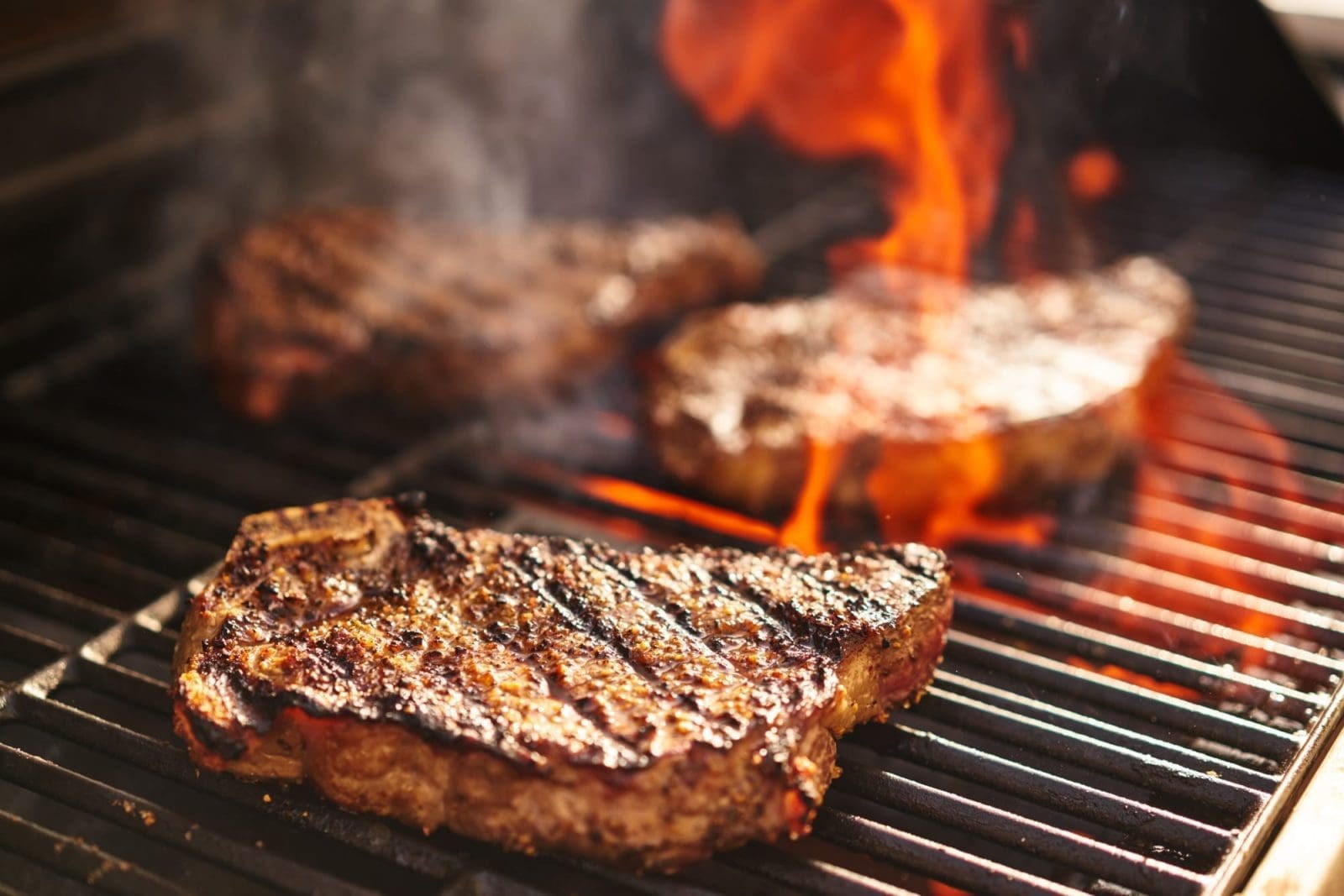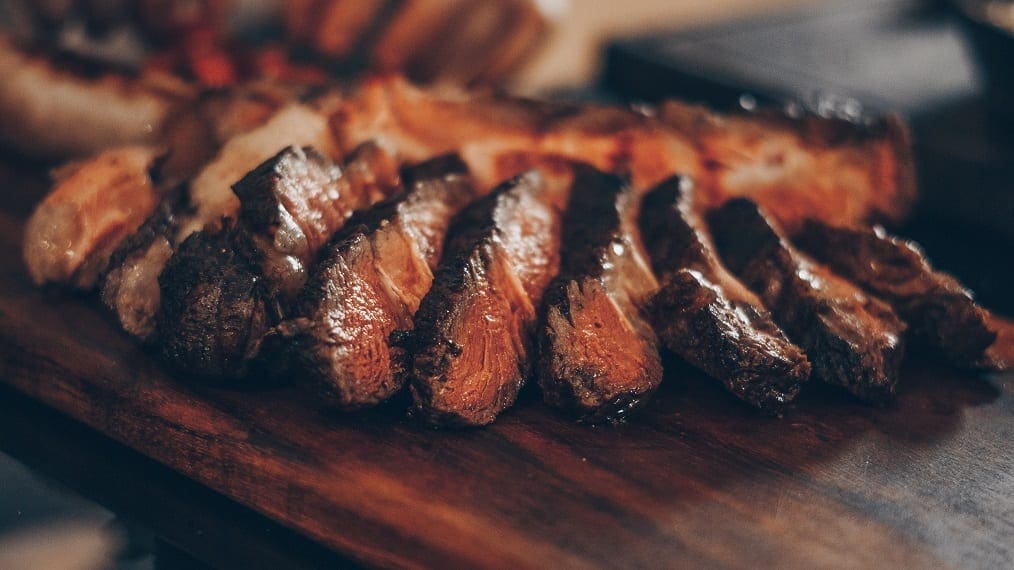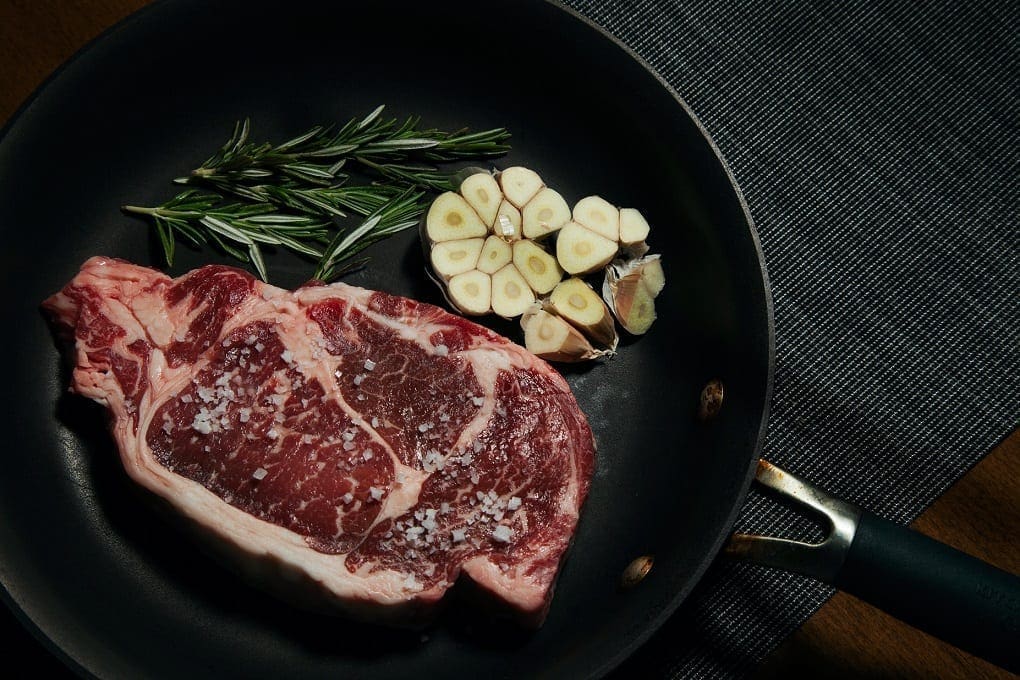There are about 9 out of 10 Americans who eat steak with access to almost 26 billion pounds of beef every year in the US. Whether you like your steak boiled or fried, beef is a favorite of many people. Did you know that there any many other types of steak other than T-bone steak, though?
This guide will teach you about the different kinds of steak. Read on to learn the different types of steak and how to cook them perfectly.
Filet Mignon Steak
The filet mignon or beef tenderloin is a cut of beef that feels as if it melts in your mouth. It’s the cut of beef from the tenderloin, a cylindrical muscle running along the spine. The filet mignon is one of the most expensive steak cut of beef costing $25 to $50 per pound.
This type of steak is soft due to the little fat content that it has, meaning you have to be careful when cooking it. Since filet mignon is tender, it’s more suitable to grill, pan-sear, bake, or broil. Make sure you don’t overcook this type of steak since the meat will dry out.
Denver Steak
The Denver steak is the fourth tenderest cut of beef. You can find this type of steak from the eye of chuck, which is at the front shoulder. The Denver steak gets culled from the area of the muscles which don’t get much exercise.
The meat is nicely marbled with no excess fat having potent beef flavors. It’s best to cook Denver steak on a hot grill or cook it on the grill’s indirect side heat. Then cut across the grain to keep the meat tender and moist.
Flank Steak
The flank steak comes from the rear lower abdominal area, which is similar to the bavette steak. The meat is fibrous and lean, makes marinating the best way to cook it. This type of steak cut is cheaper than the other types of steaks while giving a significant beef portion.
Use a marinade and cook at high temperatures to bring the most out most of the favor. Make sure you sliced up the meat against the grain to prevent getting chewy bits. The flank steak can become a bit tough when cooked over medium, so cook till it’s medium-rare for the best flavor.
Porterhouse or T-Bone Steak
These “T-shaped” steaks are the all-time favorite of many meat lovers. This type of steak contains two types: the strip and tenderloin. The T-bone and porterhouse are crosscut from the front of the back of the loin.
These types of steak are ideal for broiling, pan-frying, and grilling. Make sure you keep the tenderloin away from high heat. If you have thick cuts, cook it over a cast-iron skillet at high-heat and finish it in the oven.

Ribeye Steak
The ribeye steak is one of the most prized steaks because it is the most marbled, juiciest steak. The ribeye comes from the middle of the rib section. This type of steak has a lot more flavor than the filet mignon, but it’s a bit chewier.
The ribeye steak is easier to cook since it has plenty of intermuscular fat. You can slightly overcook it, and it can still taste flavorful and juicy. Cook the ribeye over a cast iron pan or grill with minimal seasoning.
Sirloin Steak
This type of boneless steak comes from the sirloin area near the rear of the cow. You can choose between the top sirloin or the bottom sirloin. Note that the bottom sirloin has a larger portion, but it’s tougher than the top sirloin.
Since the sirloin does not have too much fat or marbling, you should be careful not to overcook it. Be sure to marinate the meat and have it cooked till medium rare for the best flavor. It’s ideal for cooking it at high heat through pan-frying, grilling, or broiling.
London Broil Steak
The London broil is more of a cooking method, but many supermarkets name it as a cut of beef. You can usually find flank steak and top round steak under its name. It’s ideal for marinating the London broil with an acidic component.
The acidic component breaks down the tough muscle fibers, making it more tender. Avoid overcooking this type of steak since it can end up tough and very chewy. Keep the steak at medium rare and make sure to cut the steak at the grain.

Skirt Steak
This type of steak is a long, thin muscle cut from the plate area of the belly. The skirt steak has plenty of connective tissue, which makes it a very tough cut. Skirt steak is often prized for its flavor, and it’s one of the healthiest cuts of beef.
You should marinate the skirt steak for at least 30 minutes before you cook it. Then, you should flash sear the meat over high heat and eat it as medium-rare to medium. Like most steaks, you have to cut the meat against the grain to reduce any chewy bits.
Hanger Steak
Hanger steak is the most favored type of meat by most butchers and restaurants. This type of steak comes from the belly area, away from any bones. The meat hangs from the diaphragm, which gives this type of steak its name.
If you plan to buy a whole hanger, make sure to ask the butcher to remove the thick membranes running down the center. Marinade the hanger steak in wine, citrus juice, or wine. For the best results, cook the hanger steak with high heat either on a grill or pan.
The hanger steak tastes best at medium-rare, so you avoid getting the chewy texture. This type of steak has an intense beef flavor, so be sure to stay at medium temperatures.
The Different Types of Steak Explained
Now that you know the different types of steak, it’s time to cook up a steak dinner for your friends and family. Keep in mind the tenderness, price, and flavor of the best type of steak fitting for your dinner.
We hope you enjoyed reading and cooking your steak to perfection. Consider checking out our other blogs for more helpful guides. These should help you create the perfect meals no matter what you have in mind.
About the Author/s
The New Jersey Digest is a new jersey magazine that has chronicled daily life in the Garden State for over 10 years.

1 comment
You have to marinate the skirt steak for at the least half-hour earlier than you cook it. Then, you need to flash sear the beef over high heat and devour it as medium-uncommon to medium.